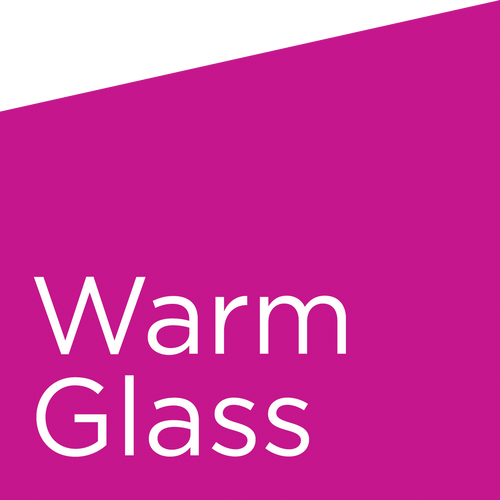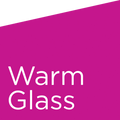
Glass Kiln Advice
What should I consider when buying a kiln for glass fusing?
We stock many different kilns suitable for glass fusing. When choosing a kiln, consider the following:
Size: If you are primarily focussed on jewellery making, or smaller pieces, then there’s no point in spending extra on a bigger kiln that will take up more room and cost more to fire. For jewellery makers, a small kiln like the Paragon SC2 would suffice unless planning to fire large numbers of pieces at once, and it also comes with an optional bead door. If you want to make large plates or bowls or bigger decorative pieces, then you need a kiln big enough to fit the work into. Also consider the volume of work you wish to fire. If you want to fire more than a few pieces each day then you will need a chamber big enough to take the work. Remember that pieces will be in the kiln for the best part of a day. Lastly, consider the logistics. Will it fit where you want it to go? Can you get it through the door? If you are looking at a large 3 phase kiln, you will need to make sure you can get it wired into your power supply.
Controller: Look for a controller that has pre-set firing schedules to get things started, but with the option of adding your own schedules.
Heating elements: Glass requires even heat across its surface to fire correctly. Particularly with larger kilns, look for one with elements in the top, allowing for the heat to distribute evenly over the surface of the glass. If the kiln is deep to allow for three dimensional work, then it should ideally also have side elements to help the heat penetrate lower into the chamber.
Build quality: We recommended only buying a kiln built by a quality manufacturer with an established history such as Kilncare, Skutt, Naberthem or Paragon (that’s why we stock them). Prices of kilns vary, but generally the more you pay, the higher the build quality, the bigger the chamber and the more ‘extras’ you get like quartz elements or lid opening mechanisms.
After sales service: If you buy a kiln from us then we are on hand to talk you through getting started with your kiln, programming it and looking after it, for as long as you need it and at no extra cost. Everyone who buys a kiln from us also gets a 5% or 10% discount on products they buy from us in the future.
For more information, take a look at our YouTube video: Help Me Choose... Glass Kilns.
Can I use a ceramics kiln to fire glass?
A ceramics kiln can be programmed to fire glass, especially if you are doing glass casting but we would not generally recommend it. You may get issues like devitrification if you are fusing or slumping glass because ceramics kilns heat from the sides rather than the top, making the important even heating of glass difficult. Also, ceramic work leaves pollutants in the kiln which can taint glass work causing problems such as devitrification or discolouration. If your only choice is to use a kiln which is also used for ceramics work, then we strongly recommend using a separate ‘glass only’ kiln shelf to try to reduce this problem.
I have seen that the Paragon SC2 kiln can come with a bead door. What is the bead door for?

The bead door on the Paragon SC2 is so that after making beads using a flame you can anneal the beads in the kiln without opening the door every time. It is perfectly possible to anneal beads in a kiln without a bead door, but the specially designed door does make it easier to keep the heat in the kiln when you open it.
Why don't you stock microwave kilns?
We don't stock microwave kilns because we don't generally recommend using them to fuse glass. Glass needs to be heated and cooled evenly and in a controlled manner or it introduces stresses into the piece. In our experience, microwave kilns heat glass the same way ordinary microwaves heat food: unevenly, which could make your work weak and more liable to break during or after firing.
When should I remove my kiln bung? With every firing?
The bung is used to cover the vent hole in the kiln and the kiln can fire with or without the bung in place. Some firing schedules will recommend venting the kiln and if you want to vent the kiln you remove the bung, if you do not want to vent the kiln then the bung can be left in the hole.
How do I calculate the cost of a firing?
The cost of a firing depends on many factors, including the length of the firing, the firing temperature, how well insulated the kiln is, the power rating of the kiln and the cost of electricity. However an estimated cost of an average firing can be calculated as follows:
Power rating of kiln (kW) x time the kiln is firing for (in hours) x cost per kWh of electricity.
On an average full fuse our kilns are generally actually firing (using electricity) for approximately 3 hours. If the cost of electricity was 11.5p per kWh, and the power rating of the kiln was 2.5kW (e.g. Hobbyfuser), the cost of the firing can be calculated as follows:
2.5 x 3 x 11.5 = 86.25 pence
Can I stack kiln shelves in my glass kiln to fire more glass in one firing?
We would not recommend using multiple shelves in a glass kiln. In the majority of glass kilns the heat is coming from above to promote even heating of the glass surface. If you stacked shelves the top of the kiln would be considerably hotter than the bottom resulting in a very uneven firing.

